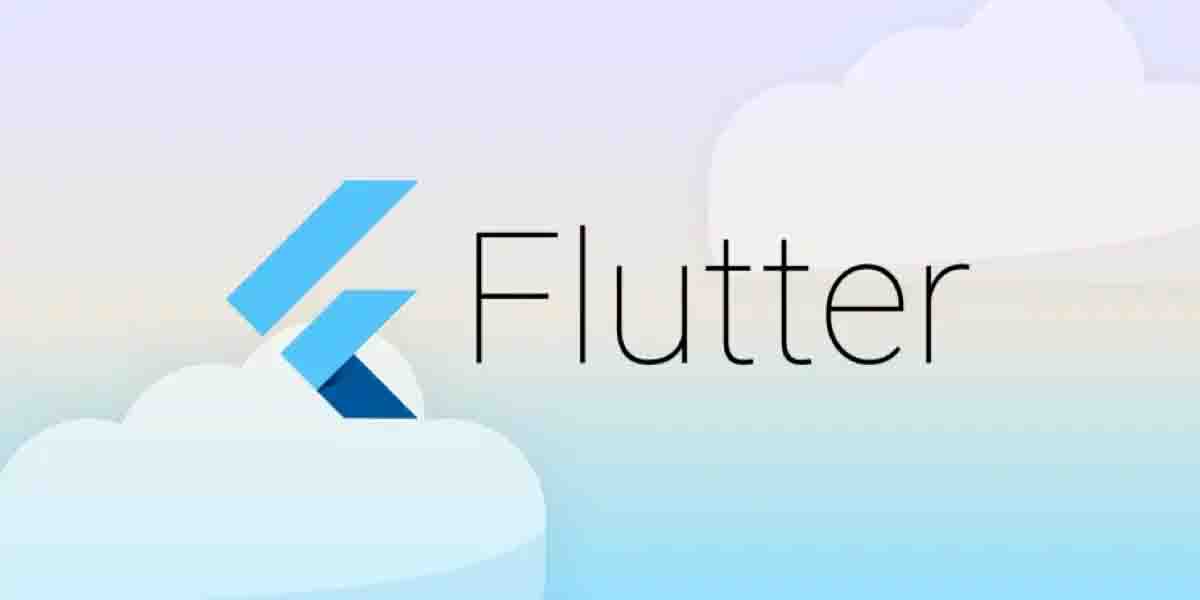
Flutter provides a powerful animation framework that enables developers to create smooth and visually appealing user interfaces. In this blog, we will explore various animation techniques, including implicit and explicit animations, Hero animation, Lottie animations, custom animations with AnimatedBuilder, and page transitions.
8.1 Implicit & Explicit Animations
Flutter animations are broadly classified into two types:
Implicit Animations
Implicit animations are easy to implement as they handle animation management automatically. They animate changes in properties over a specified duration.
Example: AnimatedContainer
import 'package:flutter/material.dart';
void main() {
runApp(MyApp());
}
class MyApp extends StatefulWidget {
@override
_MyAppState createState() => _MyAppState();
}
class _MyAppState extends State<MyApp> {
bool _isExpanded = false;
@override
Widget build(BuildContext context) {
return MaterialApp(
home: Scaffold(
appBar: AppBar(title: Text("Implicit Animation")),
body: Center(
child: GestureDetector(
onTap: () {
setState(() {
_isExpanded = !_isExpanded;
});
},
child: AnimatedContainer(
duration: Duration(seconds: 1),
width: _isExpanded ? 200 : 100,
height: _isExpanded ? 200 : 100,
color: _isExpanded ? Colors.blue : Colors.red,
alignment: Alignment.center,
child: Text("Tap Me", style: TextStyle(color: Colors.white)),
),
),
),
),
);
}
}
Explicit Animations
Explicit animations give more control but require managing animations manually using AnimationController.
Example: Tween Animation
import 'package:flutter/material.dart';
void main() {
runApp(MyApp());
}
class MyApp extends StatefulWidget {
@override
_MyAppState createState() => _MyAppState();
}
class _MyAppState extends State<MyApp> with SingleTickerProviderStateMixin {
late AnimationController _controller;
late Animation<double> _animation;
@override
void initState() {
super.initState();
_controller = AnimationController(
duration: Duration(seconds: 2),
vsync: this,
)..repeat(reverse: true);
_animation = Tween<double>(begin: 0.5, end: 1.5).animate(_controller);
}
@override
Widget build(BuildContext context) {
return MaterialApp(
home: Scaffold(
appBar: AppBar(title: Text("Explicit Animation")),
body: Center(
child: AnimatedBuilder(
animation: _animation,
builder: (context, child) {
return Transform.scale(
scale: _animation.value,
child: child,
);
},
child: Container(width: 100, height: 100, color: Colors.green),
),
),
),
);
}
}
8.2 Hero Animation
The Hero Animation allows smooth transitions between two pages when an element is shared across screens.
Example: Hero Animation
import 'package:flutter/material.dart';
void main() {
runApp(MyApp());
}
class MyApp extends StatelessWidget {
@override
Widget build(BuildContext context) {
return MaterialApp(
home: FirstPage(),
);
}
}
class FirstPage extends StatelessWidget {
@override
Widget build(BuildContext context) {
return Scaffold(
appBar: AppBar(title: Text("Hero Animation")),
body: Center(
child: GestureDetector(
onTap: () {
Navigator.push(
context,
MaterialPageRoute(builder: (context) => SecondPage()),
);
},
child: Hero(
tag: 'hero-tag',
child: Container(width: 100, height: 100, color: Colors.orange),
),
),
),
);
}
}
class SecondPage extends StatelessWidget {
@override
Widget build(BuildContext context) {
return Scaffold(
body: Center(
child: Hero(
tag: 'hero-tag',
child: Container(width: 200, height: 200, color: Colors.orange),
),
),
);
}
}
8.3 Lottie Animations
Lottie is used to display JSON-based animations created with Adobe After Effects.
Steps to Implement Lottie
- Add
lottiedependency inpubspec.yaml:
dependencies: lottie: ^2.6.0
- Use Lottie animation in Flutter:
import 'package:flutter/material.dart';
import 'package:lottie/lottie.dart';
class LottieAnimationExample extends StatelessWidget {
@override
Widget build(BuildContext context) {
return Scaffold(
body: Center(
child: Lottie.asset('assets/animation.json'),
),
);
}
}
8.4 Custom Animations with AnimatedBuilder
AnimatedBuilder helps optimise animations by rebuilding only the necessary parts.
Example
AnimatedBuilder(
animation: _controller,
builder: (context, child) {
return Transform.rotate(
angle: _controller.value * 2 * 3.1415,
child: child,
);
},
child: Icon(Icons.refresh, size: 50),
)
8.5 Page Transitions
Flutter provides custom page transitions with PageRouteBuilder.
Example: Fade Transition
Navigator.push(
context,
PageRouteBuilder(
pageBuilder: (context, animation, secondaryAnimation) => NextPage(),
transitionsBuilder: (context, animation, secondaryAnimation, child) {
return FadeTransition(opacity: animation, child: child);
},
),
);
Conclusion
Mastering animations in Flutter enhances user experience significantly. By using implicit animations, explicit animations, Hero animations, Lottie animations, AnimatedBuilder, and custom page transitions, you can create stunning and interactive UI experiences.
Leave a Comment